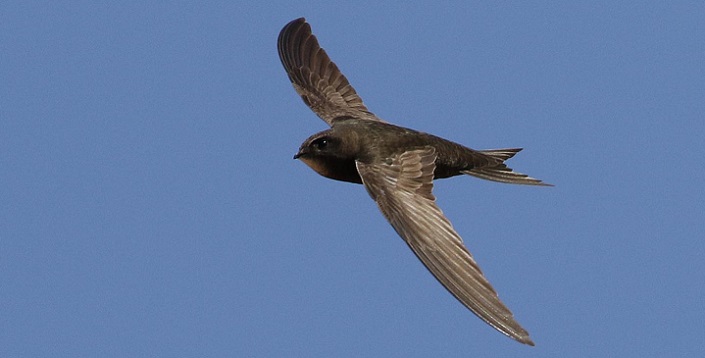Bee Ball
Scientists teach bees how to move a tiny ball to test their cognitive abilities.

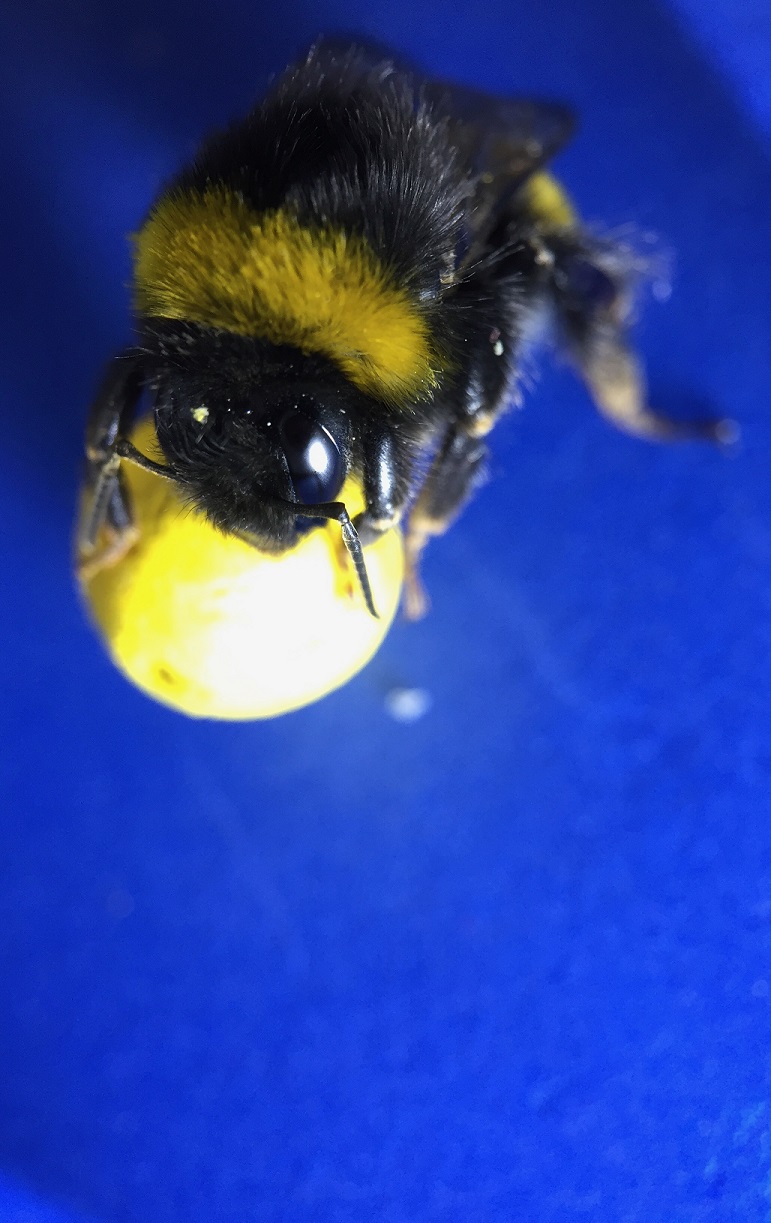
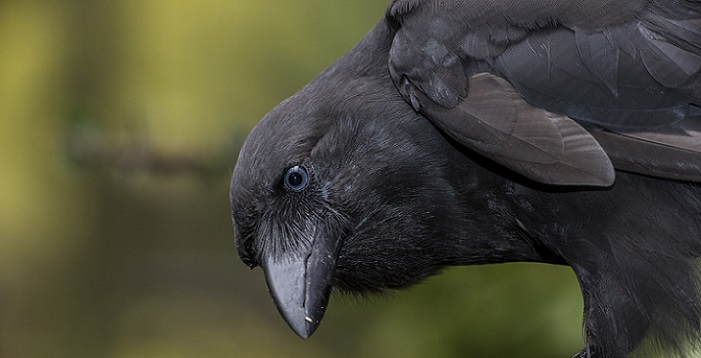
What happens to the calls of an endangered bird species when its only remaining members live in captivity?
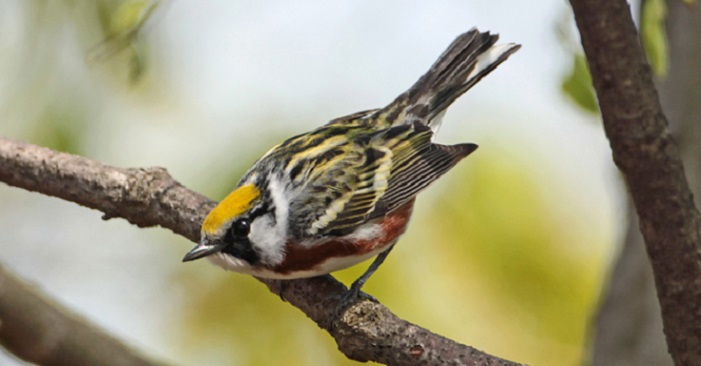
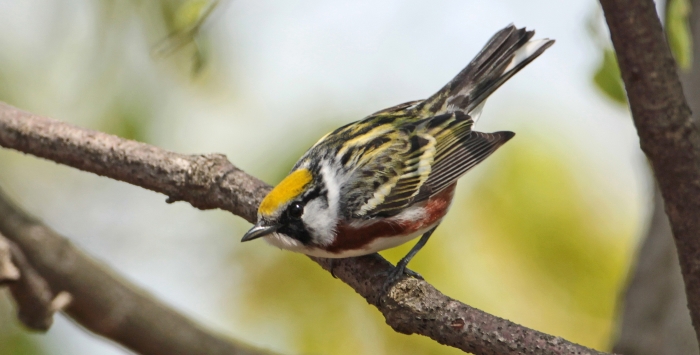

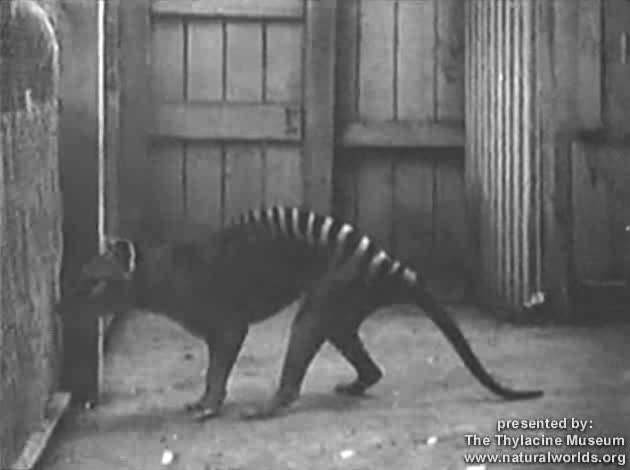
Scientists scanned preserved brains of extinct Tasmanian tigers in an attempt to better understand their behavior and life history.
Neuroscientists investigate how humans ponder what we’ve learned by studying the brains of monkeys.
Scientists discover a vertebrate brain circuit that triggers hunting, pouncing and biting.
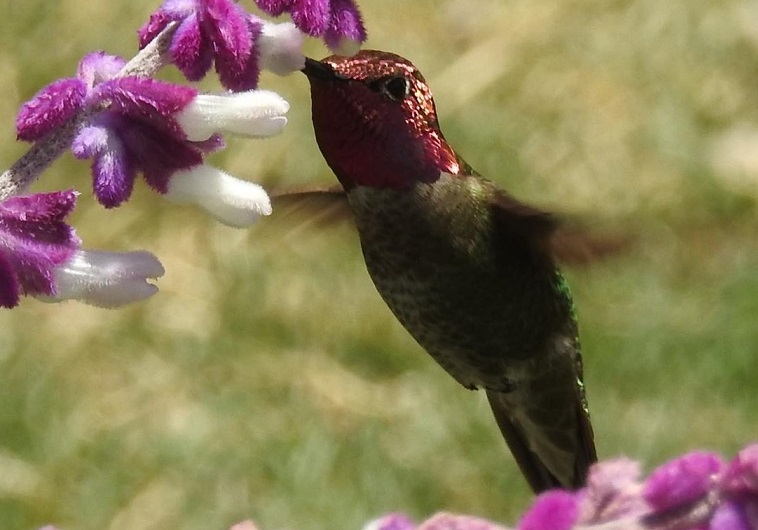
Hummingbirds have vision that’s specially tuned to fast movement in every direction.

Camels seem perfectly suited to life in the desert, but they may have evolved those traits in the high Arctic.

Champions of endurance, sled dogs can run for over a thousand miles without fatigue.
No other creatures match insects when it comes to sheer numbers of migrating animals.

Most mammals have internal clocks that regulate their daily cycles, but not reindeer.

Reindeer can detect ultraviolet light, which may help them survive dark Arctic winters.
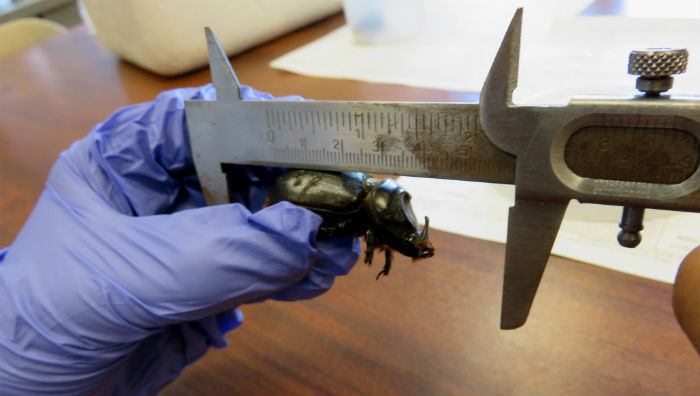
In a race against time, scientists attempt to stop an insect invader by using its own sounds.
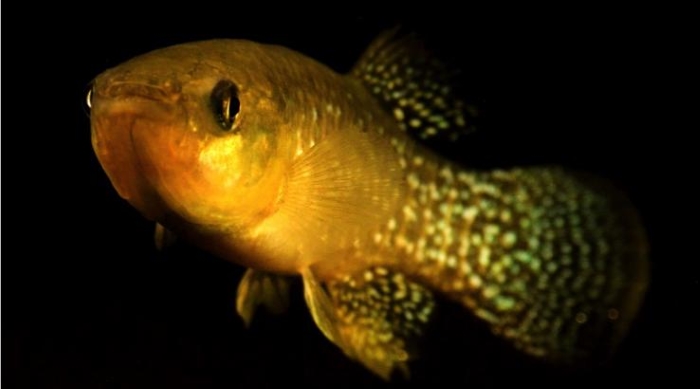


Researchers find that tickled rats display complex emotional responses similar to those of children.
